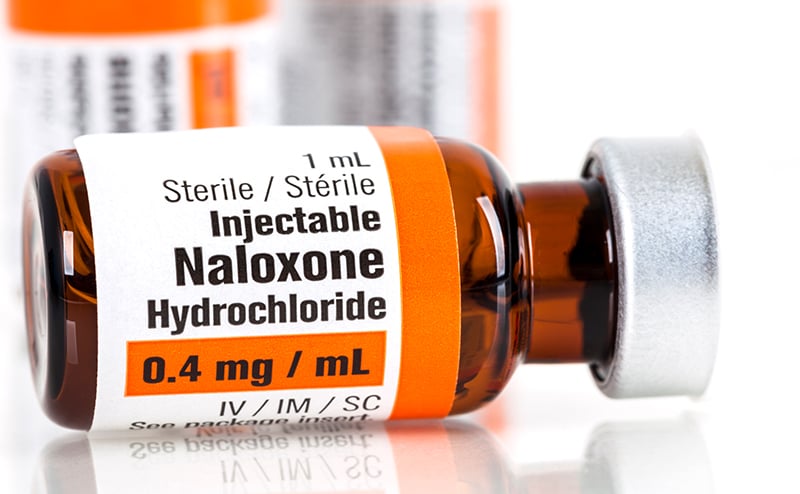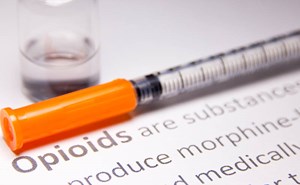As emergency physicians, you are not only on the frontlines battling COVID-19, but for years, you have been actively trying to tackle another public health crisis facing our country: the opioid use disorder (OUD) epidemic. In previous Regs & Eggs posts, I have highlighted some of the key actions ACEP has taken to improve access to treatment for patients with OUD as well as the numerous initiatives that federal agencies have taken to address this issue. This week, I want to focus on policies related to naloxone—a life-saving medication that when used properly can reverse opioid overdoses and save lives. ACEP has been actively trying to increase awareness about the benefits of naloxone and has strongly advocated for the Department of Health and Human Services (HHS) to take steps to ensure that the medication is affordable and available to all communities.
Recently, federal agencies within HHS have taken meaningful steps to promote the use of naloxone. In the Medicare physician fee schedule (PFS) proposed rule that was released earlier this month, the Centers for Medicare & Medicaid Services (CMS) highlights the benefits of naloxone, quoting the U.S. Surgeon General, Dr. Jerome Adams, who stated that, “Research shows that when naloxone and overdose education are available to community members, overdose deaths decrease in those communities. Therefore, increasing the availability and targeted distribution of naloxone is a critical component of our efforts to reduce opioid-related overdose deaths and, when combined with the availability of effective treatment, to ending the opioid epidemic.” CMS is specifically proposing to allow opioid treatment programs (OTPs) to offer naloxone to Medicare beneficiaries as part of a new benefit that CMS established to provide treatment to patients with OUD. It is important to note that this benefit only applies to services delivered by OTPs. ACEP believes that some of these services allowable under the benefit, such as the administration of naloxone, should also be paid for when delivered in the emergency department (ED).
The U.S. Food and Drug Administration (FDA) also has officially recommended that health care professionals discuss naloxone with all patients when prescribing opioid pain relievers or medicines to treat OUD. The FDA also outlines circumstances where health care professionals should consider prescribing naloxone, including to patients who are at increased risk of opioid overdose or household members, including children or other close contacts at risk for accidental ingestion or opioid overdose. Further, the FDA is requiring drug manufacturers for all opioid pain relievers and medicines to add new recommendations about naloxone to the prescribing information. According to the FDA, this will help ensure that health care professionals discuss the availability of naloxone and assess each patient’s need for a naloxone prescription when opioid pain relievers or medicines to treat OUD are being prescribed or renewed. All in all, while HHS has previously taken actions to promote naloxone, this recent announcement from the FDA might be one of the boldest initiatives yet.
The flurry of HHS activity on OUD aligns with the uptick we have seen in overdoses during the COVID-19 pandemic. Now more than ever it is critical that patients with OUD have access to life-saving treatments. To learn more about ACEP’s initiatives to address the opioid epidemic, including our work to educate the public about naloxone, please visit our opioid webpage. Also, please check out ACEP’s Pain and Addiction Care in the ED (PACED) Accreditation Program. The PACED accreditation program provides ED with the tools to enhance pain and addiction care, and in doing so, helping EDs elevate the quality of patient care and improve outcomes for patients, families, and communities.
Until next week, this is Jeffrey saying, enjoy reading regs with your eggs.






